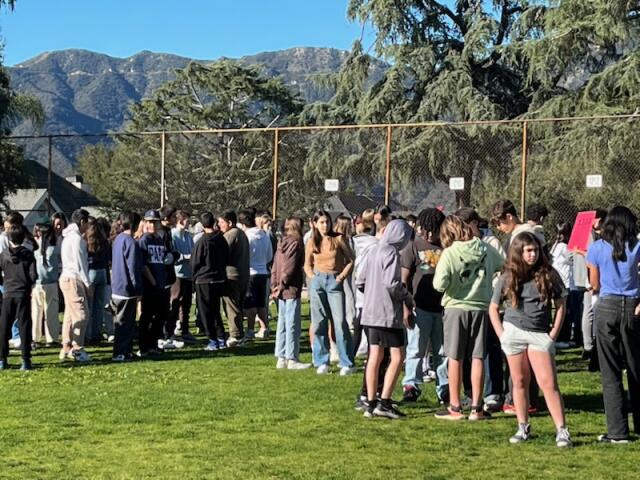Starbucks, originally founded in 1971 by Jerry Baldwin, Zev Siegl, and Gordon Bowker in Seattle has grown to over 16,000 Starbucks stores in the U.S. alone. But what was the cause of this success? Was it that it copied the idea of the coffee cafe in Europe? Was it that the company was named after a character in Moby Dick? Or was it all the sugar they put into their drinks over recent years? We think it may be the last one.
Two Starbucks Grandes with a side of statistics may convince skeptics. First is the Strawberry Acai Refresher, perfect for summer filled with fruit and berries. It has 21 grams of sugar, which is VERY close to the 30-20 grams an adult should eat daily. Next up is the vanilla bean frappuccino, which doesn’t seem bad. This beast of a drink has about 400 calories and 51 grams of sugar. That is only nine grams of sugar away from an In And Out chocolate milkshake!
So why is Starbucks not known for its high sugar content?
It is likely people love their Starbucks. The company seems to have a genius strategy of hooking young adults and teens to fall in love with their cozy refreshing drinks so the customer gets almost addicted to the anatomy of the shop. In its beginning The Pumpkin Spice Latte had no actual pumpkin in their drink. Starbucks only added pumpkin after pressure from people online.
Despite the high sugar content, Starbucks definitely changed how most Americans drink their coffee. Before the coffee cafe hit America, pre-ground coffee was made at home that was roasted two weeks in advance. Young people stopped drinking coffee because of the bitter taste and the low quality the 70s brought. These young people are now parents, neighbors, teachers, and family friends, and if the fresh coffee bistro never hit America in the form of Starbucks, then coffee may have slowly died away. Even with a high sugar count, Starbucks hit on an effective strategy to save coffee in the United States.
















